Introduction to valves
A valve is a device used to control the direction, pressure, and flow of fluid in a fluid system. It is a device that allows the medium (liquid, gas, powder) in pipes and equipment to flow or stop and controls its flow.
Professional
valve companies all know that valves are control components in pipeline fluid transportation systems. They are used to change the passage section and the flow direction of the medium. They have functions such as flow diversion, cutoff, throttling, check, diversion or overflow pressure relief. Valves used for fluid control range from the simplest stop valves to various valves used in extremely complex automatic control systems, with a wide range of varieties and specifications. The nominal diameter of the valves ranges from extremely small instrument valves to those with a diameter of 10m. Valves for industrial pipelines. It can be used to control the flow of various types of fluids such as water, steam, oil, gas, mud, various corrosive media, liquid metal and radioactive fluids. The working pressure of the valve can range from 0.0013MPa to ultra-high pressure of 1000MPa, and the working temperature can c-270℃ ultra-low temperature to 1430℃ high temperature.
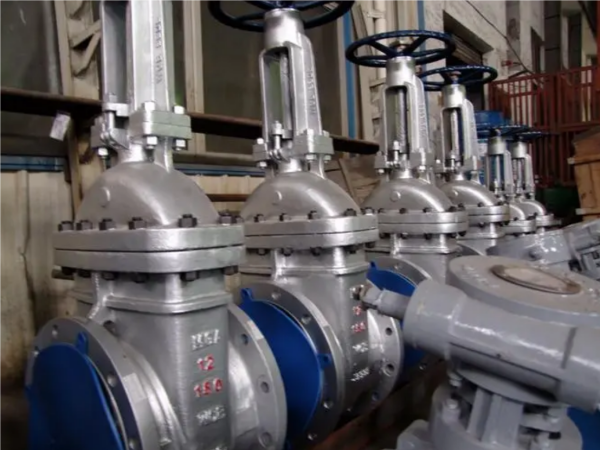
The control of the valve can adopt a variety of transmission methods, such as manual, electric, hydraulic, pneumatic, turbine, electromagnetic, electromagnetic hydraulic, electro-hydraulic, pneumatic-hydraulic, spur gear, bevel gear drive, etc.; it can be driven by pressure, temperature Under the action of other forms of sensing signals, it can act according to predetermined requirements, or simply open or close without relying on sensing signals. The valve relies on the drive or automatic mechanism to make the opening and closing parts lift, slide, swing or rotate. Movement, thereby changing the size of its flow channel area to achieve its control function.
Classification of valves
By function and use
1.Shut-off valve
This type of valve has the function of opening and closing. It is often installed on the inlet and outlet of cold and heat sources, the inlet and outlet of equipment, and branch lines of pipelines (including risers). It can also be used as a water release valve and an air release valve. Common shut-off valves include gate valves, globe valves, ball valves and butterfly valves.
Gate valves can be divided into open stems and concealed stems, single gates and double gates, wedge gates and parallel gates, etc. The closing tightness of the gate valve is not good, and it is difficult to open the large-diameter gate valve; the size of the valve body along the flow direction is small, the flow resistance is small, and the nominal diameter span of the gate valve is large.
Globe valves are divided into three types according to the flow direction of the medium: straight-through type, right-angle type and direct-flow type, with open stem and concealed stem. The closing tightness of the globe valve is better than that of the gate valve. The valve body is long and the flow resistance is large. The maximum nominal diameter is DN200.
The valve core of the ball valve is a round ball with a hole. The plate moves the valve stem so that the ball opening is fully open when it is facing the axis of the pipeline, and it is fully closed when it is turned 90°. The ball valve has certain adjustment performance and can close tightly.
The valve core of the butterfly valve is a circular valve plate, which can rotate along the vertical axis perpendicular to the axis of the pipeline. When the valve plate plane is consistent with the pipe axis, it is fully open; when the gate plate plane is perpendicular to the pipe axis, it is fully closed. Butterfly valve body length is small, flow resistance is small, and it is more expensive than gate valves and globe valves.
2.Check valve
This type of valve is used to prevent the medium from flowing back, using the kinetic energy of the fluid itself to open itself and automatically close when the flow reverses. It is often installed at the outlet of the water pump, the outlet of the steam trap and other places where reverse flow of fluid is not allowed. Check valves are divided into three types: swing type, lift type and wafer type. For swing check valves, when fluid can only flow from left to right, it will automatically close when flowing in the opposite direction. For the lift check valve, when the fluid flows from left to right, the valve core lifts up to form a passage. When the fluid flows in the reverse direction, the valve core is pressed against the valve seat and closed. For the wafer check valve, when the fluid flows from left to right, the valve core is opened to form a passage. When the fluid flows in the reverse direction, the valve core is pressed to the valve seat and closed. The wafer check valve can be multi-position. Easy to install, small in size, light in weight and compact in structure.
3.Regulating valve
The pressure difference between the front and rear of the valve is constant. When the opening of an ordinary valve changes within a wide range, the flow rate does not change much. However, when it reaches a certain opening, the flow rate changes sharply, that is, the regulating performance is poor. The regulating valve can change the valve core stroke according to the direction and size of the signal to change the resistance number of the valve, thereby achieving the purpose of regulating the flow rate of the valve. Regulating valves are divided into manual regulating valves and automatic regulating valves, and manual or automatic regulating valves are divided into many types, and their regulating properties are also different. Automatic regulating valves include self-operated flow regulating valves and self-operated pressure difference regulating valves.
4.Vacuum type
Vacuum categories include vacuum ball valves, vacuum baffle valves, vacuum charging valves, pneumatic vacuum valves, etc. Its function is to change the direction of air flow, adjust the amount of air flow, and cut off or connect the pipeline in the vacuum system. The vacuum system component is called a vacuum valve.
Special purpose category
Special purpose categories include pigging valves, vent valves, blowdown valves, exhaust valves, filters, etc.
The exhaust valve is an essential auxiliary component in the pipeline system and is widely used in boilers, air conditioners, oil and gas, water supply and drainage pipelines. It is often installed at commanding heights or elbows to eliminate excess gas in pipelines, improve pipeline efficiency and reduce energy consumption.
According to main parameters
1.According to nominal pressure:
(1) Vacuum valve: refers to a valve whose working pressure is lower than standard atmospheric pressure.
(2) Low pressure valve: refers to valves with nominal pressure PN ≤1.6Mpa.
(3) Medium pressure valve: refers to valves with nominal pressure PN of 2.5Mpa, 4.0Mpa, and 6.4Mpa.
(4) High-pressure valve: refers to a valve with a nominal pressure PN of 10.0Mpa ~ 80.0Mpa.
(5) Ultra-high pressure valve: refers to valves with nominal pressure PN≥100.0Mpa.
2.According to operating temperature:
(1) Ultra-low temperature valve: used for valves with medium working temperature t<-101℃.
(2) Normal temperature valve: used for valves with medium working temperature -29℃<t<120℃.
(3) Medium temperature valve: used for valves with medium working temperature 120℃<t<425℃.
(4) High temperature valve: used for valves with medium working temperature t>425℃.
3.According to driving mode:
According to the driving mode, it can be divided into automatic valves, power-driven valves and manual valves.
4.According to nominal diameter
(1) Small diameter valve: valve with nominal diameter DN≤40mm.
(2) Medium diameter valve: a valve with a nominal diameter DN of 50 to 300mm.
(3) Large diameter valve: a valve with a nominal diameter DN of 350 to 1200mm.
(4) Extra large diameter valve: valve with nominal diameter DN≥1400mm
5.According to structural characteristics
The structural characteristics of the valve can be divided into: according to the direction of movement of the closing member relative to the valve seat:
(1) Cut-off shape: the closing member moves along the center of the valve seat; such as a stop valve
(2) Plug and ball: The closing member is a plunger or ball, which rotates around its center line; such as plug valves and ball valves
(3) Gate shape: the closing member moves along the center of the vertical valve seat; such as gate valves, gates, etc.
(4) Swing type: The closing member rotates around the axis outside the valve seat; such as swing check valve, etc.
(5) Butterfly: The disc of the closing member rotates around the axis in the valve seat; such as butterfly valve, butterfly check valve, etc.
(6) Slide valve shape: The closing member slides in the direction perpendicular to the channel.
6.By connection method
(1) Threaded connection valve: The valve body has internal threads or external threads, and is connected to the pipe thread..
(2) Flange connection valve: The valve body is equipped with a flange and is connected to the pipe flange.
(3) Welded connection valve: The valve body has a welding groove and is welded to the pipe.
(4) Clamp connection valve: The valve body is equipped with a clamp port and is connected to the pipe clamp.
(5) Card sleeve connection valve: Use a card sleeve to connect to the pipe.
(6) Clamp connection valve: Use bolts to directly clamp the valve and the pipes at both ends together.
7.According to valve body material
(1) Metal material valve: Its valve body and other parts are made of metal materials. Such as cast iron valves, cast steel valves, alloy steel valves, copper alloy valves, aluminum alloy valves, lead alloy valves, titanium alloy valves, Monel alloy valves, etc.
(2) Non-metallic material valves: The valve body and other parts are made of non-metallic materials. Such as plastic valves, enamel valves, ceramic valves, fiberglass valves, etc.






 English
English Español
Español بالعربية
بالعربية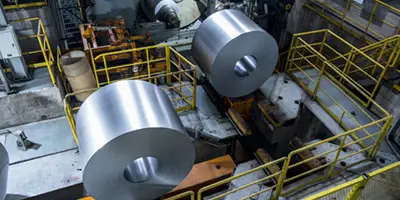
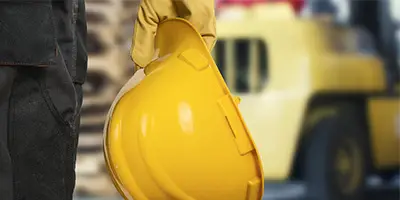
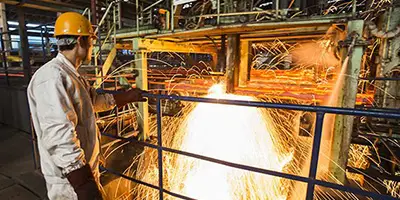
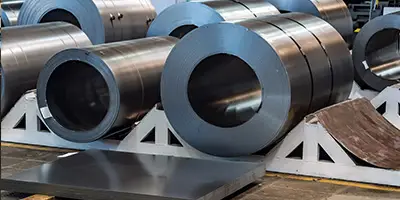

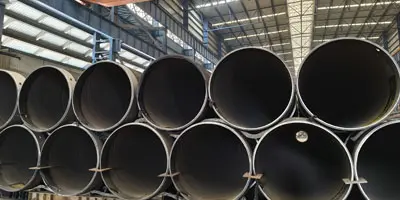
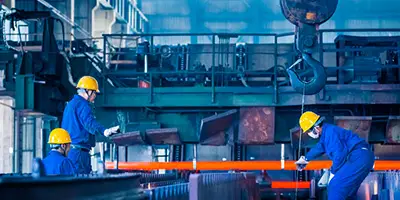
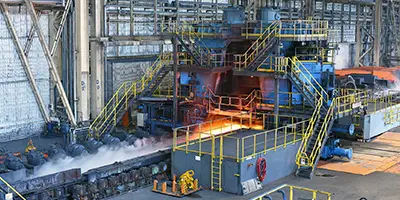
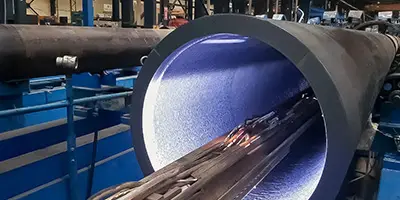
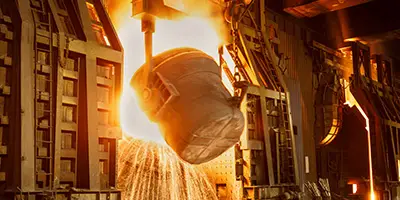
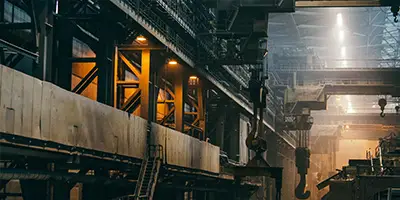

 Phone :
Phone :  Whatsapp :
Whatsapp :  Email :
Email : 


